My Favourite Painting: Alison Mitchell
'I was struck by the bold, vibrant colours and swirling shapes. It conveyed a sense of purpose and positivity to me at a time when I was feeling a little lost.'
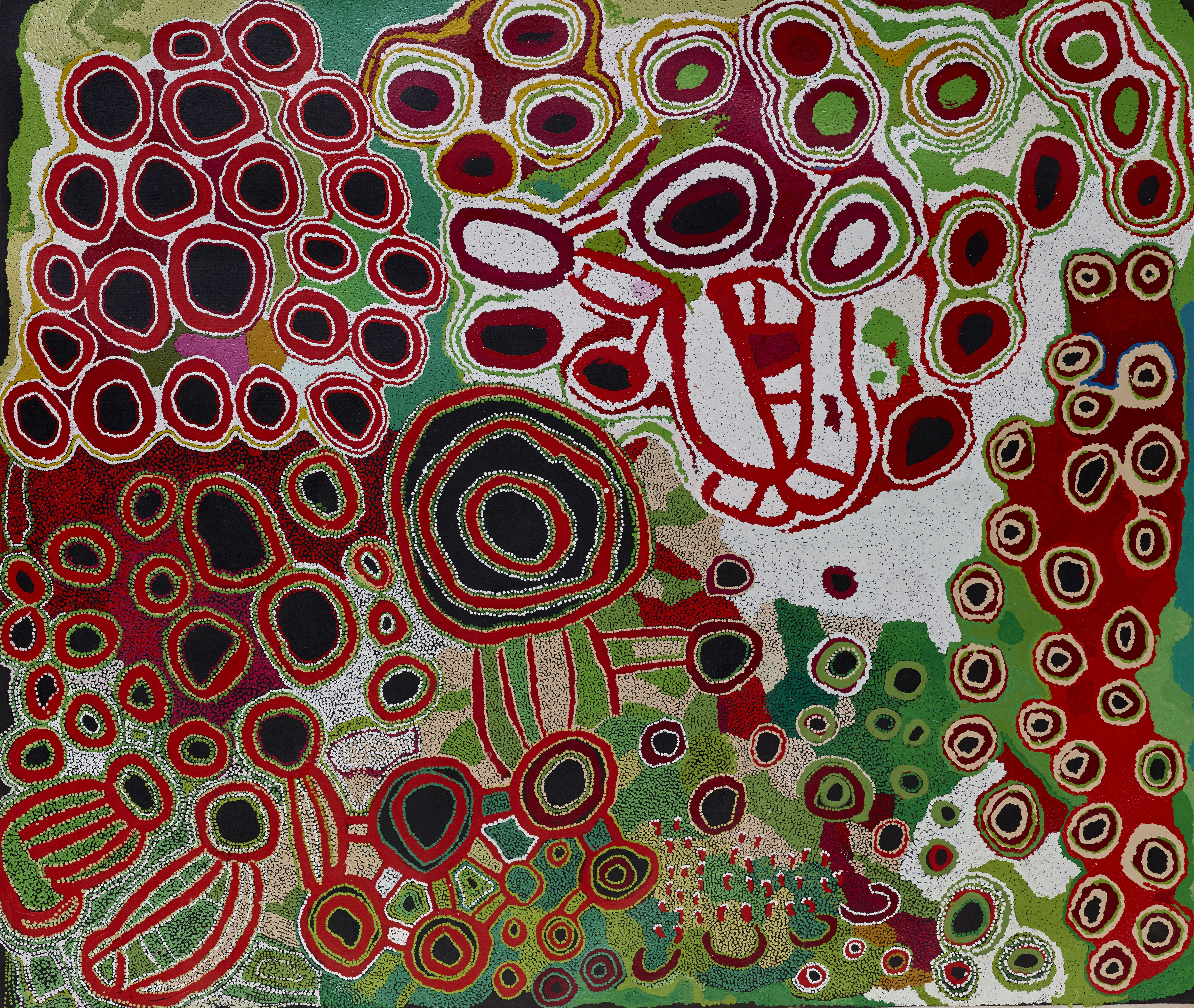

Alison Mitchell chooses Seven Sisters:
‘I stopped in my tracks when I saw this at the British Museum in an exhibition celebrating indigenous Australia. I’m half Australian, so I grew up with an appreciation of indigenous culture.
'I was struck by the bold, vibrant colours and swirling shapes. It conveyed a sense of purpose and positivity to me at a time when I was feeling a little lost. I later learnt it depicts the Dreamtime Story of the Seven Sisters – a tale of travel, lust and, ultimately, escape.
'I purchased a large, square silk scarf of it, which remained folded in my wardrobe until I bought my first flat. I then had the scarf stretched and framed and it now has pride of place in my hallway above the stairs. And I love it. It gives off an energy.'
Alison Mitchell is a cricket commentator and contributor to the BBC’s Test Match Special
John McEwen on Seven Sisters:
This picture was painted by six senior Spinifex women of their Spinifex homeland, the arid lands known to modern Australians as the Great Victoria Desert, which spans Western and South Australia.
To translate images into words is contrary enough. How much more daunting to describe the ‘art’ of a 60,000-year-old culture devoid of writing. That is what confronts outsiders looking at Aboriginal art. Kungkarangkalpa (Seven Sisters) is no exception. It’s an example of a ‘landscape’, a visualisation of Aboriginal beliefs and knowledge systems referred to in English as ‘Dreaming’ or ‘Dreamtime’ – words coined by a non-Aboriginal Australian only 100 years ago.
This is just one image from among countless others that bears witness to one of the world’s oldest and most successful civilisations, one that has harmoniously managed a continent ‘every inch’ of which is named in one or other of the 250 Aboriginal languages.
Sign up for the Country Life Newsletter
Exquisite houses, the beauty of Nature, and how to get the most from your life, straight to your inbox.
The ‘Dreamings’ or ‘songlines’ that constitute Seven Sisters are told across the continent in numerous versions relating to the travels of a group of women who, in singing and dancing, created aspects of the landscape. The women were pursued by a lustful man, known to the Spinifex as Nyiru. They tricked Nyiru and escaped into the heavens, where they became stars – what the Western world calls the Pleiades.
Reinterpreted in acrylic on canvas – a modern concession – the circles appear to correspond with a landscape immemorially dotted with clay pans and salt lakes.
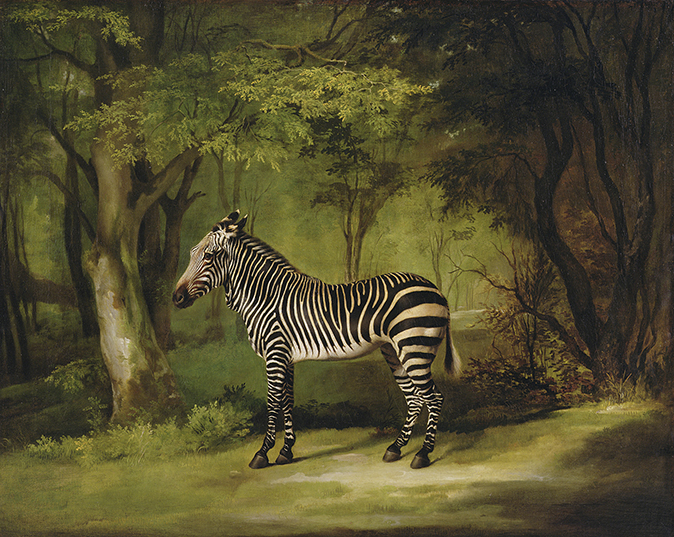
My favourite painting: Amy Meyers
'Stubbs’s portrayal is one of the subtlest and most poignant commentaries on the troubling displacements that were accruing from the
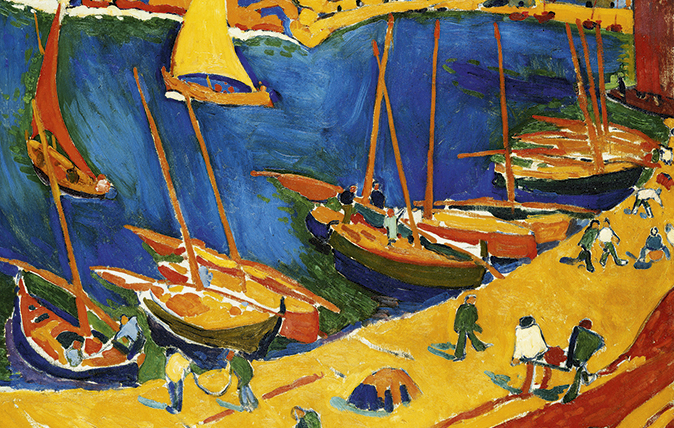
My favourite painting: Peter May
'Vividly coloured sailing boats in a harbour, which I gazed at for hours'
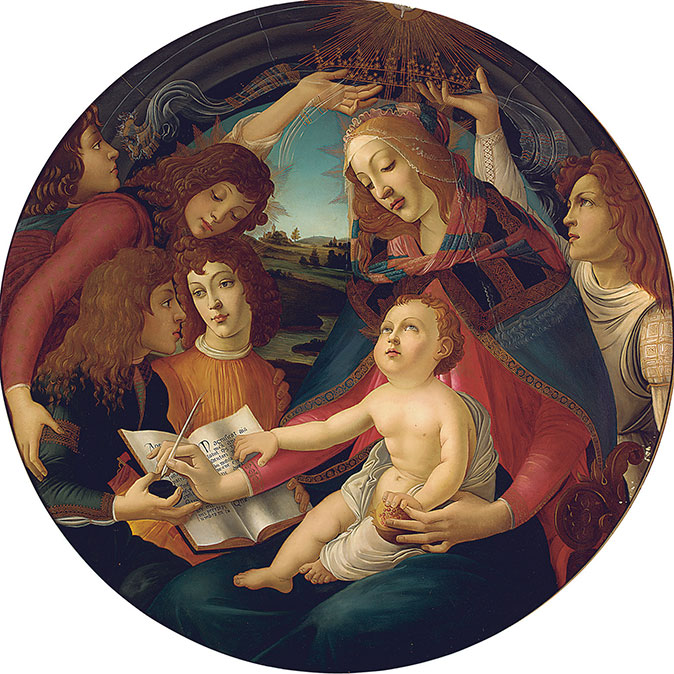
Credit: Bridgeman Images
My favourite painting: Mark Price
'The picture reminds me of her: I swear she is an angel.'
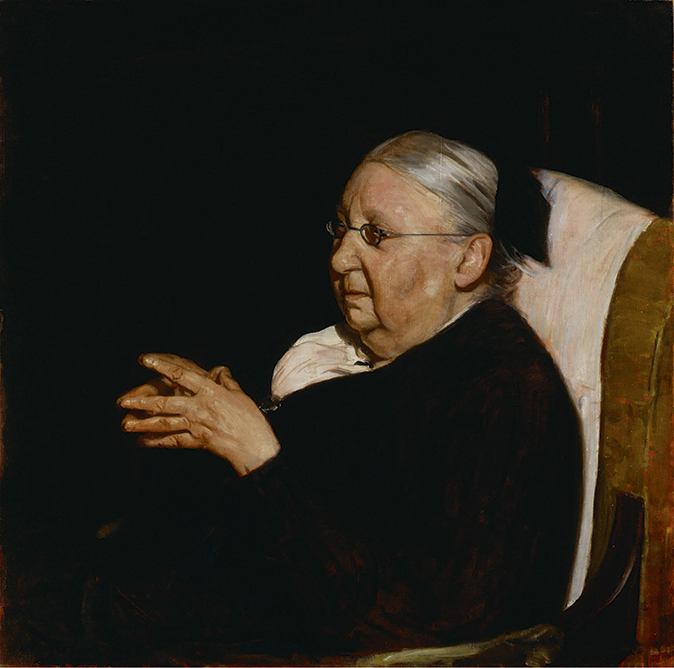
My favourite painting: Penelope Lively
'I love William Nicholson’s work. His still-lifes are incomparable.'
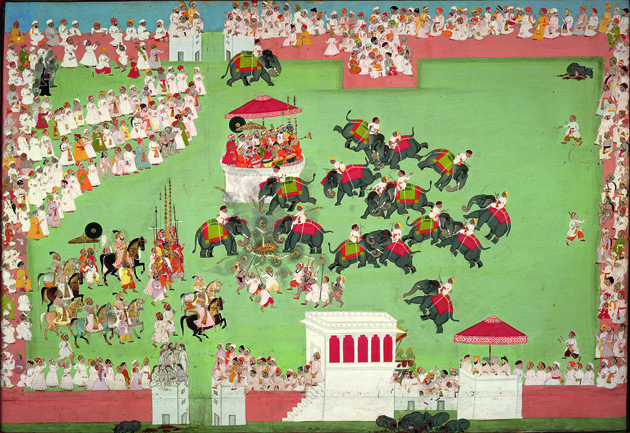
My favourite painting: Nicholas Coleridge
Nicholas Coleridge chooses Maharana Jagat Singh attending an elephant fight by Syaji and Sukha as his favourite painting

My favourite painting: Jacqueline Wilson
'I looked at this painting and decided to write about a Victorian circus girl one day'
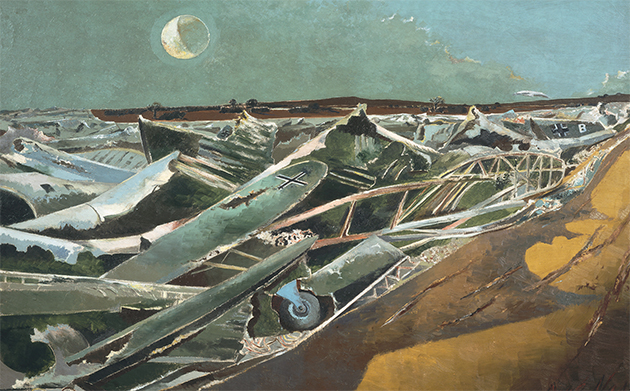
My favourite painting: Robert Macfarlane
Robert Macfarlane chooses his favourite painting for Country Life.
Country Life is unlike any other magazine: the only glossy weekly on the newsstand and the only magazine that has been guest-edited by HRH The King not once, but twice. It is a celebration of modern rural life and all its diverse joys and pleasures — that was first published in Queen Victoria's Diamond Jubilee year. Our eclectic mixture of witty and informative content — from the most up-to-date property news and commentary and a coveted glimpse inside some of the UK's best houses and gardens, to gardening, the arts and interior design, written by experts in their field — still cannot be found in print or online, anywhere else.
-
 About time: The fastest and slowest moving housing markets revealed
About time: The fastest and slowest moving housing markets revealedNew research by Zoopla has shown where it's easy to sell and where it will take quite a while to find a buyer.
By Annabel Dixon
-
 Betty is the first dog to scale all of Scotland’s hundreds of mountains and hills
Betty is the first dog to scale all of Scotland’s hundreds of mountains and hillsFewer than 100 people have ever completed Betty's ‘full house’ of Scottish summits — and she was fuelled by more than 800 hard boiled eggs.
By Annunciata Elwes
-
 'As a child I wanted to snuggle up with the dogs and be part of it': Alexia Robinson chooses her favourite painting
'As a child I wanted to snuggle up with the dogs and be part of it': Alexia Robinson chooses her favourite paintingAlexia Robinson, founder of Love British Food, chooses an Edwin Landseer classic.
By Charlotte Mullins
-
 The Pre-Raphaelite painter who swapped 'willowy, nubile women' for stained glass — and created some of the best examples in Britain
The Pre-Raphaelite painter who swapped 'willowy, nubile women' for stained glass — and created some of the best examples in BritainThe painter Edward Burne-Jones turned from paint to glass for much of his career. James Hughes, director of the Victorian Society, chooses a glass masterpiece by Burne-Jones as his favourite 'painting'.
By Charlotte Mullins
-
 'I can’t look away. I’m captivated': The painter who takes years over each portrait, with the only guarantee being that it won't look like the subject
'I can’t look away. I’m captivated': The painter who takes years over each portrait, with the only guarantee being that it won't look like the subjectFor Country Life's My Favourite Painting slot, the writer Emily Howes chooses a work by a daring and challenging artist: Frank Auerbach.
By Toby Keel
-
 My Favourite Painting: Rob Houchen
My Favourite Painting: Rob HouchenThe actor Rob Houchen chooses a bold and challenging Egon Schiele work.
By Charlotte Mullins
-
 My Favourite Painting: Jeremy Clarkson
My Favourite Painting: Jeremy Clarkson'That's why this is my favourite painting. Because it invites you to imagine'
By Charlotte Mullins
-
 The chair of the National Gallery names his favourite from among the 2,300 masterpieces — and it will come as a bit of a shock
The chair of the National Gallery names his favourite from among the 2,300 masterpieces — and it will come as a bit of a shockAs the National Gallery turns 200, the chair of its board of trustees, John Booth, chooses his favourite painting.
By Toby Keel
-
 'A wonderful reminder of what the countryside could and should be': The 200-year-old watercolour of a world fast disappearing
'A wonderful reminder of what the countryside could and should be': The 200-year-old watercolour of a world fast disappearingChristopher Price of the Rare Breed Survival Trust on the bucolic beauty of The Magic Apple Tree by Samuel Palmer, which he nominates as his favourite painting.
By Charlotte Mullins
-
 My favourite painting: Andrew Graham-Dixon
My favourite painting: Andrew Graham-Dixon'Lesson Number One: it’s the pictures that baffle and tantalise you that stay in the mind forever .'
By Country Life